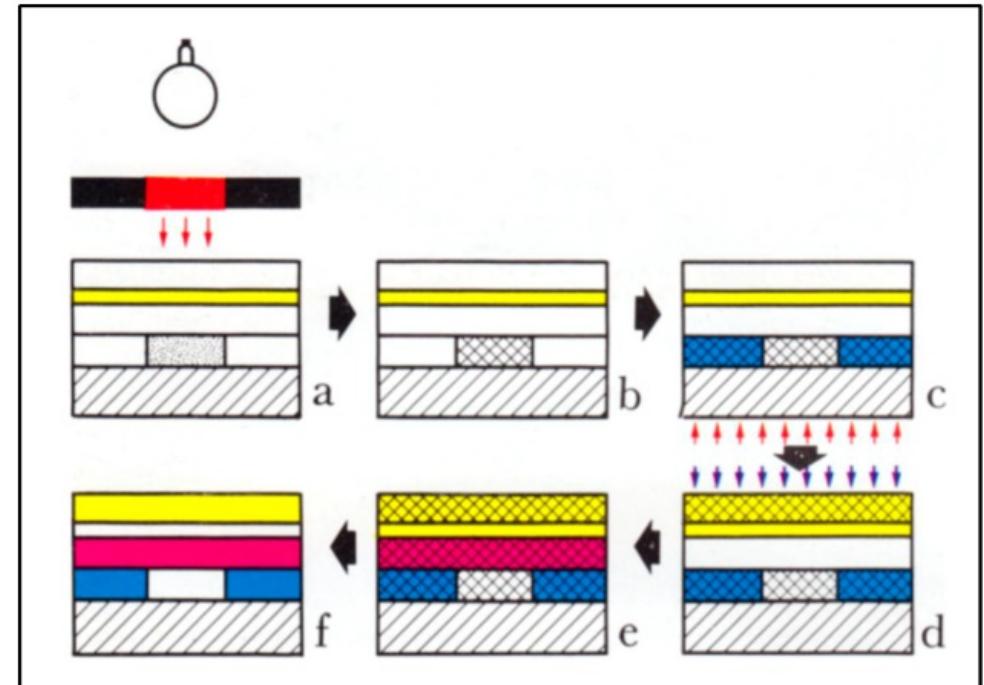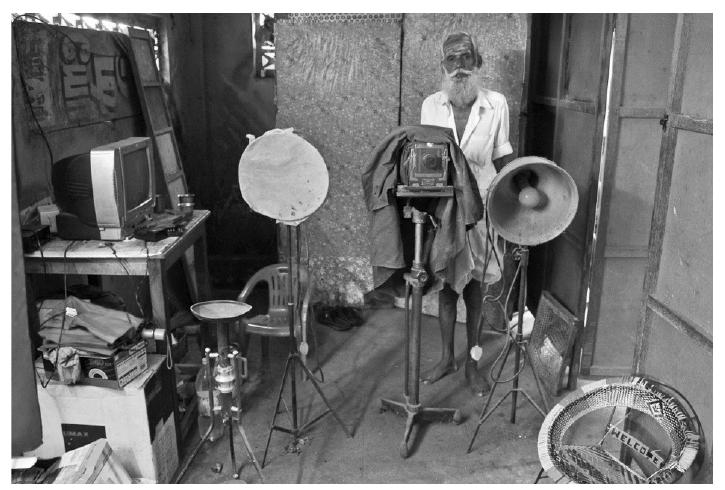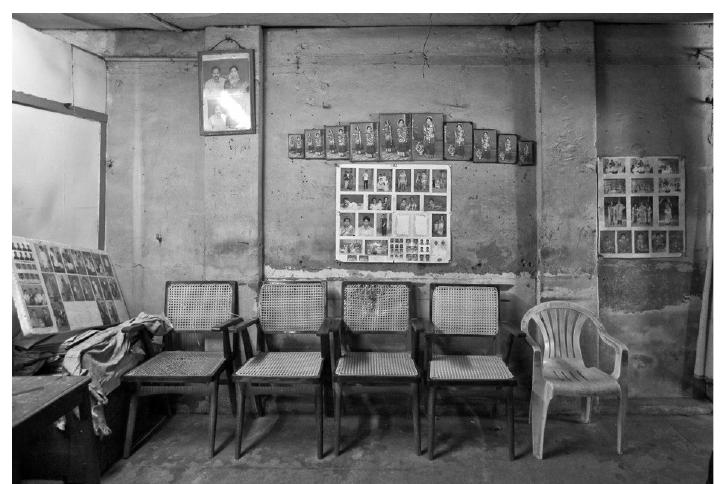Key research themes
1. How did Kodak’s technological innovations and industrial research shape the development of photographic materials and processes?
This theme examines Kodak's pioneering role in photographic technology innovation, focusing on chemical processes, film and paper production, and research management. It highlights how Kodak’s industrial research laboratories, continued advancements, and collaborations transformed photography from a complex scientific art to an accessible consumer technology, influencing photographic materiality and production efficacy.
2. How did Kodak’s marketing strategies influence consumer adoption and the social perception of photography?
This theme explores Kodak’s innovative advertising and cultural framing strategies that democratized photography, positioning Kodak cameras as accessible consumer devices. It investigates how marketing efforts redefined photographer profiles, particularly emphasizing women’s roles, family dynamics, and the conceptualization of photography as part of everyday life and identity construction.
3. What role does Kodak’s archival and material culture documentation play in understanding photographic history and practice?
This theme focuses on the historiographical and material culture approaches to Kodak’s photographic archives, papers, and prints. It discusses how the detailed study of Kodak’s manufacturing records, paper characteristics, and photographer archives enhances comprehension of technological evolution, artistic intent, and the archival mediation of photographic knowledge and practice.


















































